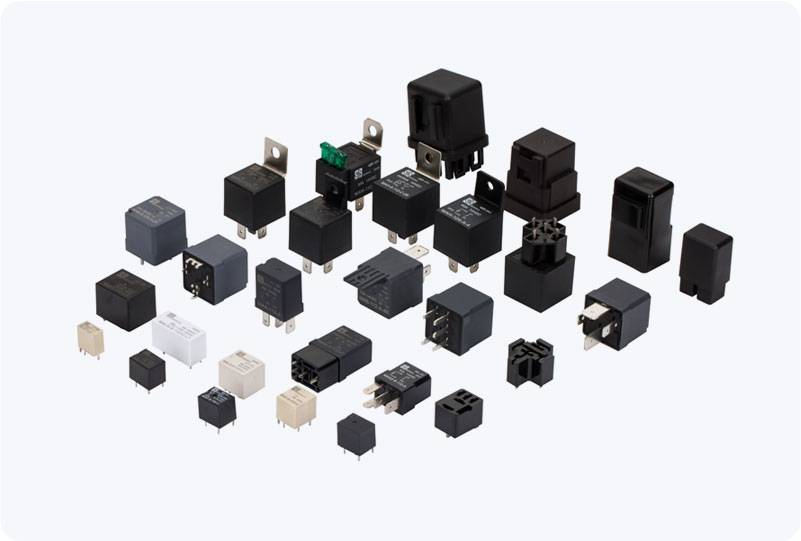Electric vehicles (EVs) are rapidly becoming a cornerstone of the automotive industry due to their environmental benefits, cost efficiency, and advancements in technology. As EVs continue to evolve, the components that support their performance and safety play a crucial role in their success. One such vital component is the Electric Vehicle High Voltage Relay, which is integral to the high-voltage electrical system of the vehicle. This relay ensures both safety and efficiency by controlling the flow of power between the high-voltage battery pack, motor, and other critical electrical components. In this article, we will explore the purpose, functionality, types, applications, and importance of high-voltage relays in electric vehicles.

Purpose and Functionality The primary function of an Electric Vehicle High Voltage Relay is to manage the high-voltage circuits in an electric vehicle. Electric vehicles are powered by large battery packs that operate at high voltage, typically ranging from 200V to 800V. The relay’s job is to safely control the connection between the battery pack and the various electrical systems within the vehicle, such as the inverter, charging system, and electric motor. High-voltage relays serve several purposes in this context: Power On/Off Control: They switch high-voltage circuits on or off depending on the operational requirements. When the vehicle is in use, the relay ensures that the battery is connected to the motor and other critical systems. In contrast, when the vehicle is turned off, the relay disconnects the battery to prevent accidental electric shocks or damage to the vehicle’s electronics.
Leave a Reply